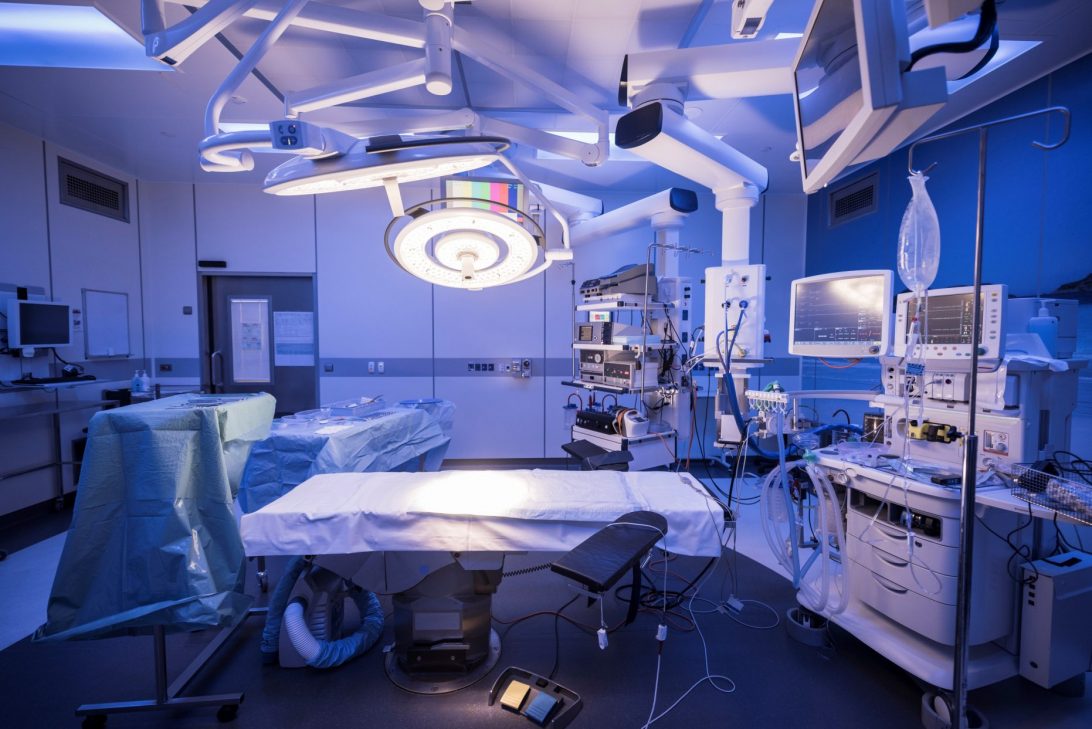March 20, 2019
Last week an investigative report revealed the FDA has millions of “hidden” serious injury and malfunctions reports on medical devices. According to the report from Kaiser Health News, “Since 2016, at least 1.1 million incidents have flowed into the internal “alternative summary reporting” [ASR] repository, instead of being described individually as device adverse events in the public database known as MAUDE.”
Medical experts trust MAUDE to identify problems that could put patients in jeopardy—making products not in that database essentially concealed.
In 2017 alone, 480,000 injuries or malfunctions were reported through the ASR. FDA has declined to provide a complete list of the approximately 100 devices that have been granted reporting exemptions. Requests for that data through the Freedom of Information Act could take up to two years.
Critics have pointed out that many of those devices, which include staplers, vaginal mesh devices, robotic surgical devices, breast implants, and heart valves, come from medical device industry leaders.
FDA cover-up? Not really.
The summary reporting repository was originally created as an alternative for issues “well-known and well-documented with the FDA” and covers approximately 100 medical devices, according to the KHN report. An FDA spokesperson told MDDI that FDA still receives malfunction reports, just in a summary format and that manufacturers must meet certain conditions to report via the ASR pathway.
She also said that in 2017, “the majority of the exemptions were revoked following a review of the program,” explaining that and that generally only low-risk products are eligible for voluntary malfunction summary reporting.
Further, in 2018, the agency clarified the program’s key limitations: that it does not apply to reportable death or serious injury events, that devices under product codes that are less than 2 years old are ineligible, and that FDA may still require individual reporting when it addresses a public health issue.
Despite FDA’s assurances that it has internally fixed the problem, the story illuminates a lack of public knowledge about products that surgeons use every day. It is understandably worrying for healthcare practitioners who would potentially make decisions on product buying.
The scope of the products involved, as well as the companies who’ve gained the exemption may require further scrutiny. Certainly, the lack of transparency raises some questions about these FDA processes that seem to favor medical device companies.
One of the reasons this might be problematic is that FDA accepts user fees from medical device companies, essentially setting up a system in which medical device makers are considered customers of FDA, even as the agency is tasked with the role of public health watchdog. Such disparate stakeholders (medical device companies, compared with practitioners, and, most importantly, patients) pulls the agency in multiple directions and muddies FDA’s true purpose—to protect public health.
Calls for transparency a double edge for medtech
When it comes to adverse event reporting, the transparency of the process is critical for public safety. Medical device manufacturers however, may fear that “too much” transparency opens them up to litigation for problems they are already trying to fix. Device companies might also be concerned because the inherent risks to develop medtech already impedes investments from VCs and other resource funds.
A perfect example is the transvaginal mesh lawsuits. More than 100,000 vaginal mesh lawsuits have been filed over the years, many of them settled cases. Nonetheless, industry insiders say they experience a trickle-down effect from those lawsuits when they are seeking investors to develop any medical product designed for women’s health. As such, developing women’s health products are hindered.
As with any enterprise, there are gray areas. Is FDA responsible to report every single adverse event? Perhaps not, but certainly, when patterns emerge FDA should make every attempt to keep its mission as a servant to the public.


